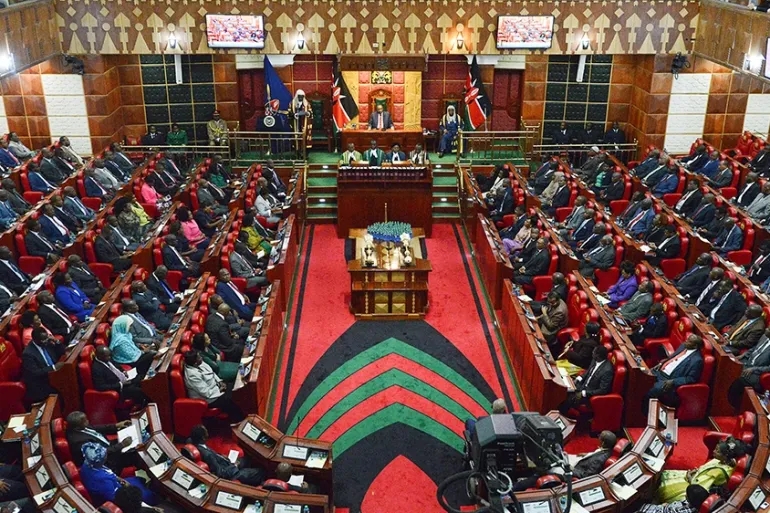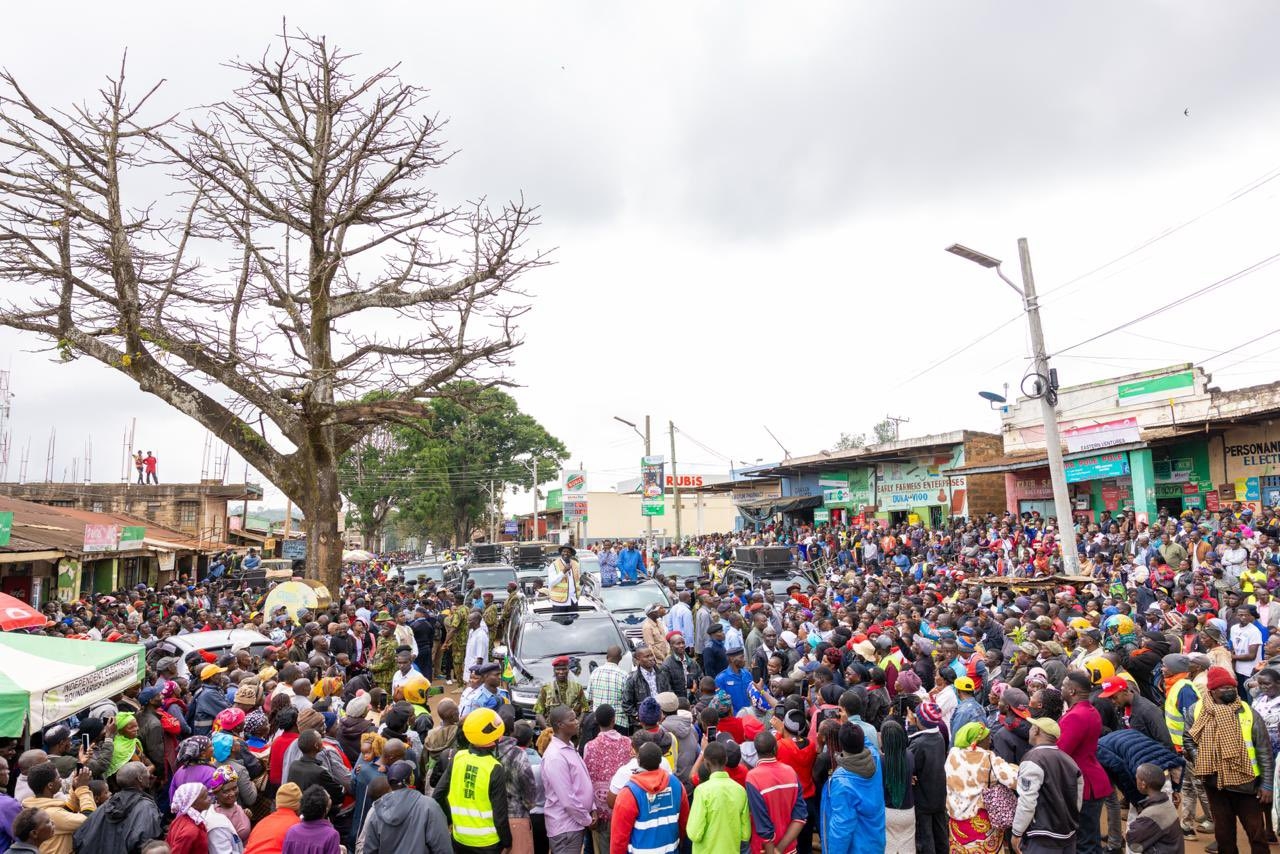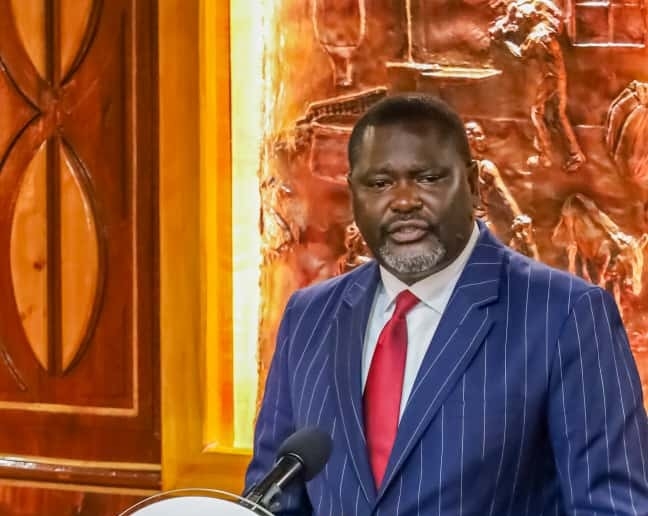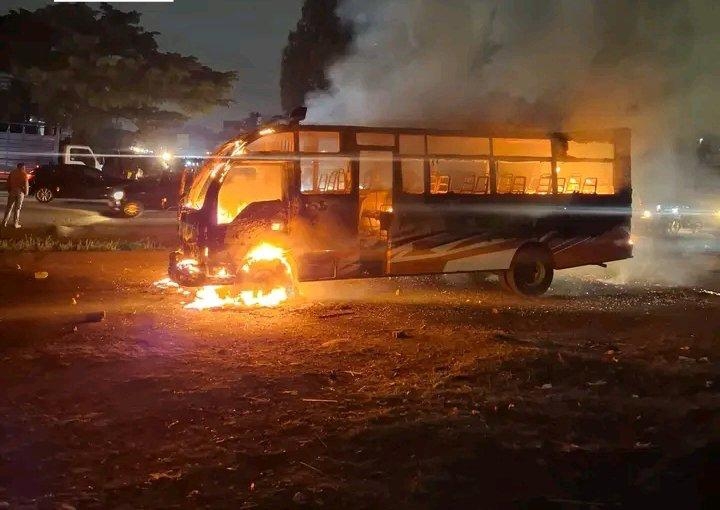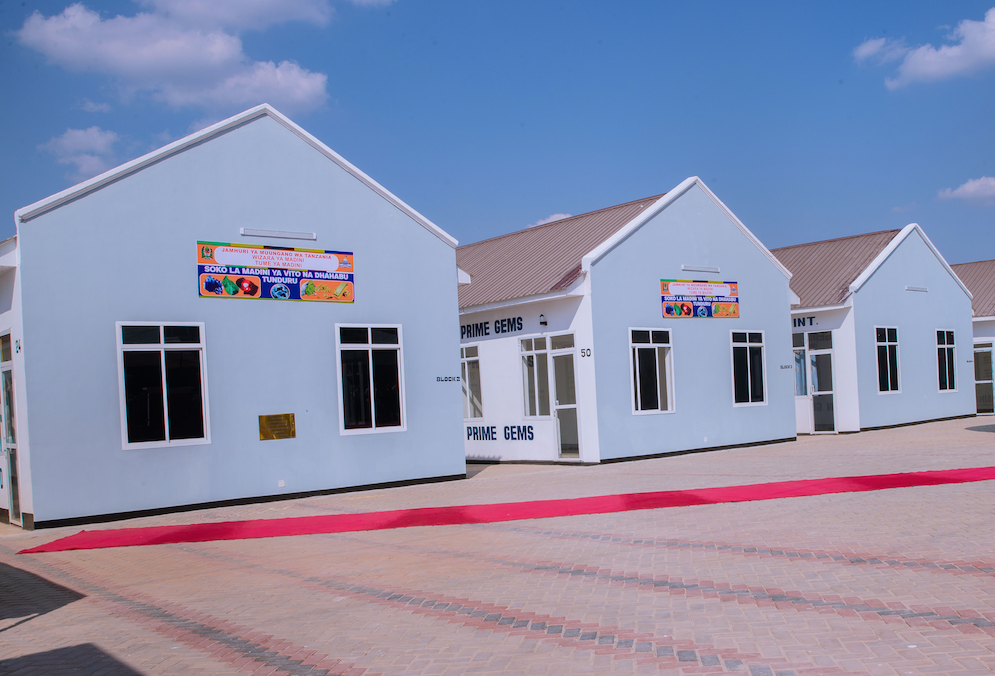 Tunduru gemstone and gold market in Tanzania/HANDOUT
Tunduru gemstone and gold market in Tanzania/HANDOUTEast Africa’s mineral economy is pivoting from extraction to value addition.
Tanzania is now anchoring that turn by forcing part of its gold to be refined domestically, routing proceeds through local banks, and channeling a defined share straight into central-bank reserves.
Mining’s share of the economy rose from 7.3 per cent in 2021
to 9.1 per cent in 2022 and 10.1 per cent in 2024, according to government
figures.
Mineral exports advanced from US$3.55 billion in 2023 to about US$4.12 billion in 2024, with gold at 3.419 billion dollars, equivalent to eighty-three percent of mineral exports.
By June 2025, 5,022.85 kilogrammes of refined gold—about US$550 million—had been purchased by the Bank of Tanzania, and by late August 2025 the balance-sheet value had surpassed 820 billion shillings.
The consequences travel across borders. Because at least a fifth of every shipment from large gold producers must be refined in Tanzania and sold first to the central bank, the industrial chain that once sat offshore is increasingly domestic: assay labs, refinery lines, chemicals, compliance, vaulting and settlement.
Kenya’s opportunity does not disappear; it changes nature. Mombasa has the scale and systems to handle higher-value cargo, passing a landmark two-million TEUs in 2024, according to the port authority, a level that aligns with flows of refined metals and energy-transition materials rather than bulk ores.
Mining and quarrying in Kenya contracted by 2.7 percent in the second quarter of 2024 and by 11.1 percent in the third quarter, within a national backdrop where growth slowed to 4.0 percent year-on-year in the third quarter, as official statistics and independent analyses recorded.
Those quarterly profiles explain why a neighbour’s ten-percent mining share sits at a different scale to current local output and why value-chain participation will likely hinge on ports, finance and standards rather than a sudden surge of new, large mines.
The structural rotation is visible in Kenya’s own mineral timeline. The long-running Kwale operation concluded mining in December 2024 and marked its final bulk shipment in February 2025, closing a chapter that had anchored a decade of modern production.
With the hard-rock pipeline thinner in the near term, competitive advantage concentrates around logistics reliability, financial intermediation, insurance, compliance services and technical standards—precisely the inputs demanded when refined outputs and specification-sensitive intermediates flow out of Tanzanian processing zones.
The former Buzwagi mine is being converted into a Special Economic Zone for multi-metal processing, while government-cleared strategic projects totaling roughly US$ 760 million, including Tembo Nickel Refining in Kahama and Nyati Mineral Sands in Pangani.
That model pulls inputs, reagents, spare parts, fabrication,
instrumentation and maintenance into Tanzania’s parks and sends outward refined
metals and battery-chain materials that command tighter logistics and
documentation.
The more processed the cargo, the more the corridor rewards predictability and precision—capabilities Mombasa has been scaling and formalising.
Critical minerals heighten the stakes. With graphite at Mahenge costed near 300 million dollars in phase one, hydrometallurgical nickel planned at Kabanga, and rare earths anchored at Ngualla under a Special Mining Licence, the region’s role in electrification supply chains could shift from raw-material shipper to producer of battery-grade inputs.
If those lines reach maturity, the corridor’s economic weight moves toward refined, traceable materials moving through East African banks and bonded facilities to ports configured for high-value consignments.
Kenya’s policy choice is therefore practical rather than theoretical: align finance, port operations and standards to service a neighbour’s industrial spine while domestic geology builds at its own pace.
Volatility will not disappear. Heavy rains in 2024 disrupted drilling and coal movement, and diamond prices fell even as gold rallied.
Yet the fiscal ledger still beat target, exports rose year-on-year, and a refined slice of the gold flow ended the period as reserves rather than invoices. In a corridor economy, that resilience is the point.
As Tanzania keeps value at home through refining and reserves, Kenya can keep velocity in motion through corridors and capital—two halves of a regional system in which extraction gravity sits inland and logistics gravity sits on the coast.
Jasper A. Kwayu is a communication consultant





